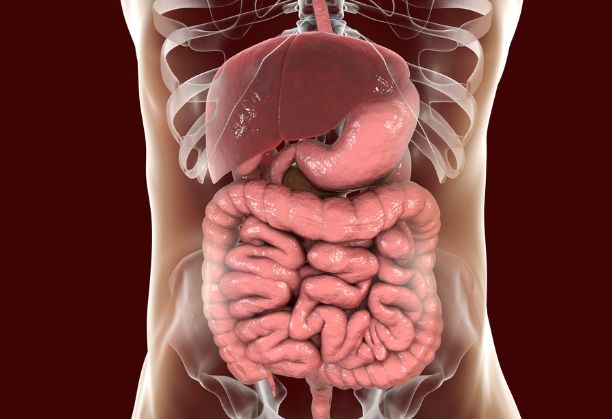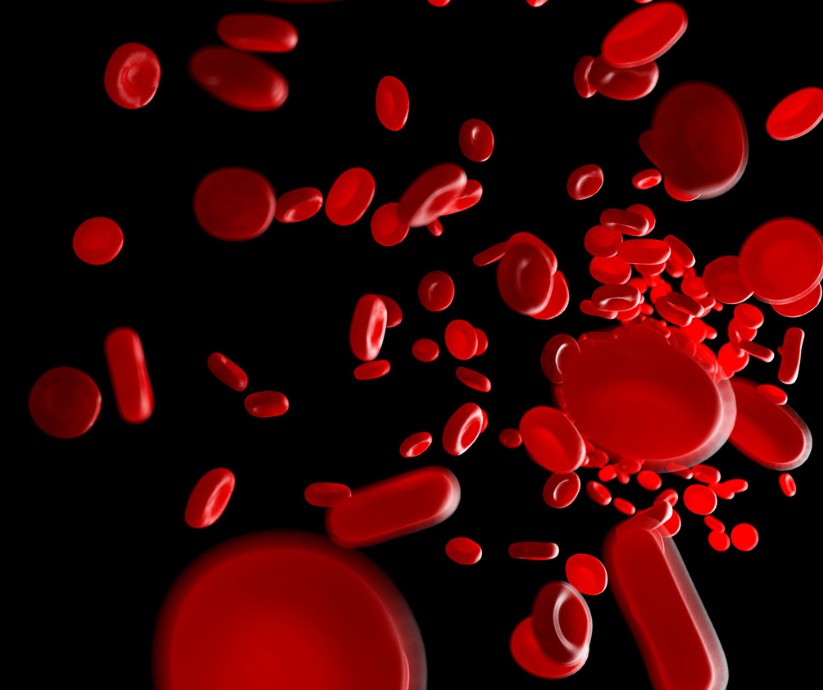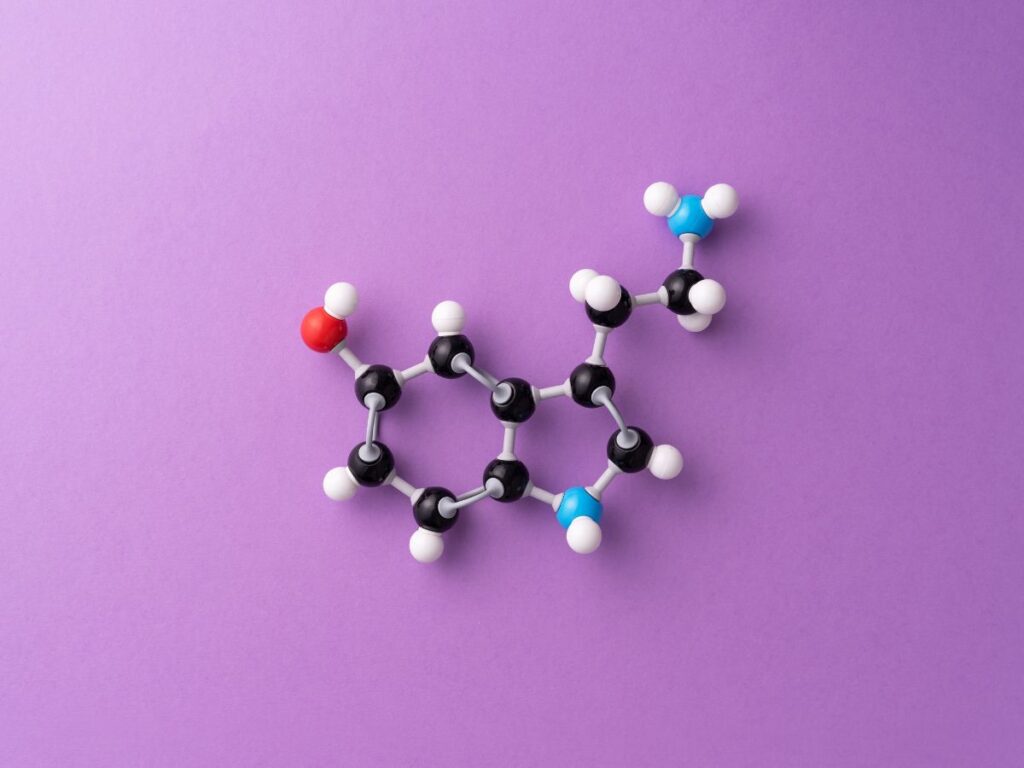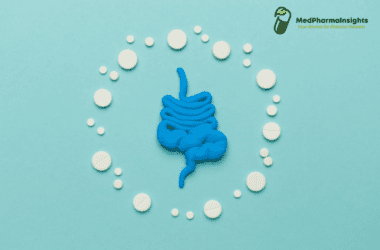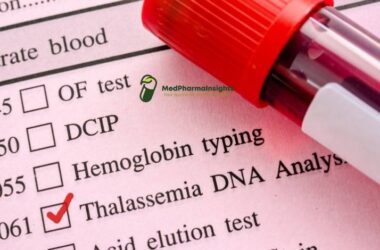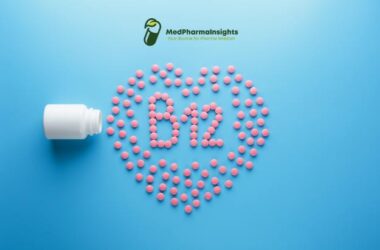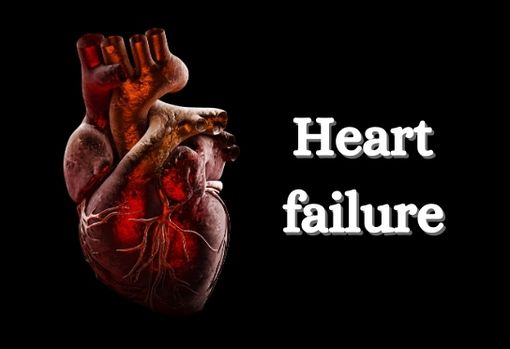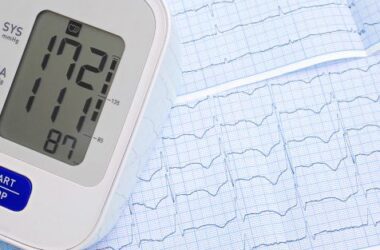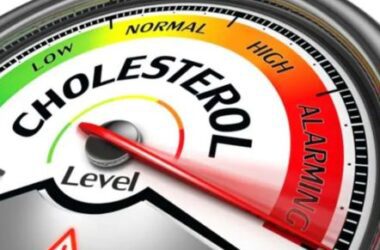There are four chambers in your heart. On each side of the heart, there are two chambers: an atrium (plural: atria) at the top and two ventricles at the bottom. Before addressing heart failure, a few terminologies need to be understood very clearly. Since the filled ventricle has an average volume of 130mL, the fraction ejected is over 50% of the ventricular contents, with the remaining (residual) volume being approximately 60mL.
PATHOPHYSIOLOGY
Ventricular dysfunction is the medical term for an abnormal ejection fraction. Heart failure with reduced ejection fraction, or systolic heart failure, occurs when the ejection fraction falls below 50%. Conversely, heart failure with preserved ejection fraction, also known as diastolic heart failure, occurs when the ejection fraction exceeds 50%.
Systolic heart failure
Heart damage, myocardial infarction, or mechanical stress on the heart muscle, such as chronic high blood pressure, can lead to left ventricular systolic dysfunction. Defects in systolic contraction, diastolic relaxation, or both may follow. Low EF and heart dilatation are indicators of systolic dysfunction, which results from decreased contractility.
Diastolic heart failure
Dysfunction in the filling process leads to diastolic dysfunction. The venous return rate impacts diastolic filling, and proper filling necessitates the active diastolic expansion of the ventricular capacity. Preload, which refers to the stress on the ventricular wall after diastole, is correlated with the amount of blood that can be pumped. The myocardium is stretched to some extent as a result of the pressure. The left ventricle’s ability to relax or comply during diastole is compromised in diastolic dysfunction, which results in less room for more blood. The EF may be normal in pure diastolic dysfunction, although cardiac dilation is not seen.
Clinical manifestations
- Fatigue
- Shortness of breath occurs on exertion (dyspnoea)
- Nocturia
- Oedema
- Tachycardia
- Pallor
- Hypoxia
- Regurgitation
- Renal impairment
- Hepatomegaly
- Cardiomyopathy
- Confusion
Diagnostic test
Patients with chronic heart failure are identified and treated based on physical examination findings, medical history, and results of an exercise tolerance test.
Echocardiography
An echocardiography enables real-time visualization of the heart and determines whether heart failure is brought on by systolic dysfunction, diastolic dysfunction, or anomalies in the heart valves.
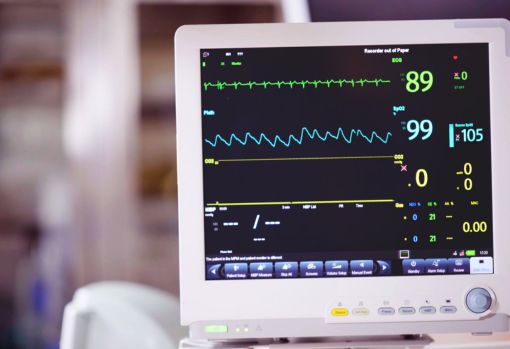

Blood test
The following assessments are usually performed:
- Blood gas analysis to assess respiratory gas exchange
- Serum creatinine and urea to assess renal function
- Serum alanine- and aspartate-aminotransferase plus other liver function tests
- Full blood count to investigate the possibility of anaemia
- Thyroid function tests to investigate the possibility of thyrotoxicosis
- Serum BNP or NT pro-BNP to indicate the likelihood of a diagnosis of heart failure (screening test)
- Fasting blood glucose to investigate the possibility of diabetes mellitus
Chest radiograph
A chest radiograph (X-ray) is performed to look for an enlarged cardiac shadow and lung consolidation.
12-lead electrocardiogram
A normal ECG usually excludes the presence of left ventricular systolic dysfunction. An abnormal ECG will require further investigation.
Treatment and management
Diuretics
Diuretics treat pulmonary and peripheral edema in patients with chronic heart failure by increasing sodium and chloride excretion and decreasing sodium re-absorption in the renal tubule.
- Thiazide and related
Bendroflumethiazide (Onset 1–2h ,Duration 12–18h)
Metolazone (Onset 1–2h Duration 12–24h)
- Loop Diuretics
Furosemide (Onset 0.5–1h , Duration 4–6h)
Nitrates
Nitrates primarily affect the venous system in heart failure, producing vasodilation and lessening the signs and symptoms of pulmonary congestion. The most effective way to employ nitrates to balance the effects on venous and arterial circulation is in combination with an arterial vasodilator, such as hydralazine, which lowers afterload.
- Glyceryl trinitrate 0.5mg
ACE inhibitor
ACE inhibitors are recommended as the first line of treatment for all grades of heart failure caused by left ventricular systolic dysfunction, including asymptomatic patients. These substances work by lowering both the preload and cardiac output via decreasing afterload on the heart.
- Captopril Target: 50–100mg Three times daily,
- Enalapril Target: 10–20mg Start: 2.5mg Twice daily
Angiotensin II receptor blocker
Only ACE inhibitors have been demonstrated to benefit all-cause mortality, despite comparisons between ACE inhibitors and ARBs showing equal benefits on morbidity and heart failure mortality. Therefore, ACE inhibitors should not be substituted with ARBs unless the patient is experiencing unacceptable side effects.
- Candesartan Target: 32mg Once daily
- Valsartan Target: 160mg Twice daily
Cardiac glycosides
Digoxin is currently advised for use as an adjunct therapy in patients with moderate-to-severe heart failure who still experience symptoms despite receiving appropriate ACE inhibitor, b-blocker, and diuretic medication at low doses.
Sympathomimetics
Continuous intravenous use only. Require close monitoring in critical care setting.


